
East Java Province
A Comprehensive Look at East Java Province
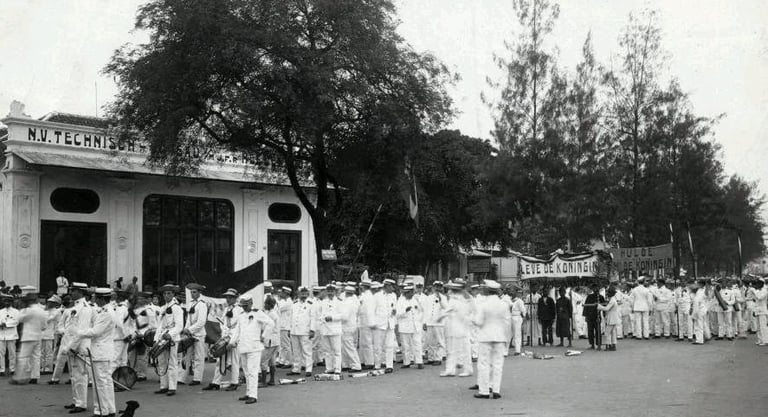

🏛️Capital City and Geographical Conditions
Capital City: Surabaya. Known as the "City of Heroes" (Kota Pahlawan), Surabaya is Indonesia's second-largest city and the country's main commercial and naval port, situated on the northeastern coast.
Geographical Conditions: East Java boasts immense geographical diversity:
Volcanic Interior: Home to several major active volcanoes, most notably Mount Bromo and Mount Semeru (the highest peak in Java). These areas feature rich volcanic soil.
Madura Island: A large, distinct island separated by a narrow strait, connected to Surabaya by the Suramadu Bridge. It has its own unique culture.
Coastal Areas: Long, fertile northern coast (facing the Java Sea) and rugged southern coast (facing the Indian Ocean). The eastern tip (Banyuwangi) is dominated by the Ijen volcanic complex.
Climate: Tropical monsoon, generally drier than West Java.
📜History: The Golden Age of Empires
East Java holds the legacy of the archipelago's most powerful classical kingdoms.
Majapahit Empire (1293–c. 1500): Based in Trowulan (near Mojokerto), Majapahit was the largest and most powerful Hindu-Buddhist empire in Southeast Asian history, extending its influence across much of the archipelago.
Kediri and Singhasari: Preceded Majapahit, these kingdoms laid the political and cultural foundation for the region's golden age.
Islamic Sultanates: After the decline of Majapahit, coastal areas, particularly Gresik and Tuban, became early centers for the spread of Islam, led by the Wali Songo (Nine Saints).
Modern Era: Surabaya played a pivotal role in the Indonesian independence struggle, notably during the Battle of Surabaya on November 10, 1945, which cemented its identity as the "City of Heroes."
👥Demographics and Customs
Population: East Java is Indonesia's second-most populous province, with approximately 41.4 million people.
Ethnic Groups:
Javanese: The dominant ethnic group, particularly in the central and western regions.
Madurese: A large ethnic group indigenous to Madura Island and the eastern tip of Java, known for their strong, pragmatic character and distinct dialect.
Osing: The indigenous population of the Banyuwangi area, known for maintaining unique cultural traditions distinct from the Javanese mainstream.
Customs (Adat Istiadat): Culture is broadly Javanese but highly diverse. The eastern regions (Arek) arek known for their more open and direct communication style compared to the formal courts of Central Java. Madurese culture is strongly Islamic and fiercely independent, famous for its tradition of Karapan Sapi (Bull Racing).
🎨Culture and Traditional Arts
East Javanese culture blends refined court traditions with robust coastal and island influences.
Wayang Kulit: The traditional shadow puppet theater remains a strong tradition, though the style and stories often differ slightly from Central Javanese versions.
Ludruk: A traditional theatrical performance from the Arek regions (Surabaya), characterized by humor, everyday themes, and strong local dialect.
Reog Ponorogo: A spectacular and powerful dance originating from Ponorogo, featuring massive lion masks adorned with peacock feathers, weighing up to 50 kg, often carried solely by the dancer's teeth and neck.
Madurese Culture: Famous for their brightly colored clothing, strong adherence to Islam, and unique language.
🍲Distinctive Traditional Cuisine
East Javanese cuisine is known for its bold, savory, and often spicy flavors, contrasting with the sweetness of Central Javanese food.
Rawon: A uniquely deep black beef soup. The color comes from the use of black keluak nuts (Pangium edule). It is rich, savory, and aromatic, typically served with sprouts, salted egg, and rice.
Rujak Cingur: A distinct salad featuring mixed vegetables, tofu, tempeh, rice cake (lontong), and the unusual addition of cow snout or lips (cingur). It is dressed with a thick, savory-sweet sauce made from peanuts and spicy shrimp paste (petis).
Soto Lamongan: A famous chicken soup from Lamongan, distinguished by its vibrant yellow color and the topping of koya (a savory powder made from dried shrimp and garlic crackers), giving the broth a rich, thick texture.
Tahu Campur: A savory street food dish, consisting of sliced fried tofu, lontong (rice cake), bean sprouts, noodles, and thin slices of fried beef/mutton, all served in a thick, dark, and highly flavorful petis-based broth.
🗺️Famous Tourist Attractions
East Java offers spectacular natural wonders, spanning volcanoes and island reserves.
Mount Bromo: Part of the Bromo Tengger Semeru National Park, famous for its otherworldly landscape, stunning sunrises over the volcanic caldera, and the unique Hindu Tengger culture that lives around it.
Ijen Crater (Kawah Ijen): Located near Banyuwangi, famous for its striking turquoise acidic crater lake and the unique natural phenomenon of the "Blue Fire" at night.
Tumpak Sewu Waterfalls: Often dubbed the "Niagara of Indonesia," Tumpak Sewu—meaning "A Thousand Waterfalls"—lives up to its grand reputation. Unlike a single, powerful torrent, Tumpak Sewu is a massive, concave wall of water, where countless streams tumble down a deep, lush canyon, creating a majestic curtain of mist.
Jatim Park (Batu, Malang): A major recreational and educational destination, comprising several large theme parks and museums popular with families.
Baluran National Park (Bekol Savanna & Sunset) -
"Africa van Java": The Soul-Stirring Savanna. Visit Bekol Savanna
and feel the atmosphere of the African plains. Capture
the moment when wildlife such as deer and banteng
(wild cattle) begin to return to their habitats as darkness
approaches. Enjoy a dramatic Sunset in the middle of
the vast savanna.
✈️Transportation Infrastructure
East Java boasts a robust and modern transportation system, crucial for its economic role.
Airports (Bandar Udara):
Juanda International Airport (SUB): Located near Surabaya (Sidoarjo), this is Indonesia's second-busiest airport, handling extensive domestic and international flights.
Abdul Rachman Saleh Airport (MLG): Serving Malang, primarily for domestic flights.
Banyuwangi International Airport (BWX): Serving the eastern region, linking to Ijen and Bali.
Railroad (Stasiun Kereta Api):
East Java has an extensive and highly utilized railway network. Surabaya Gubeng Station and Malang Station are major hubs. The network connects the province efficiently with Central Java and West Java, and is vital for both passenger and freight transport.
Port (Pelabuhan):
Tanjung Perak Port: Located in Surabaya, this is Indonesia's second-largest and most crucial commercial port after Tanjung Priok (Jakarta), handling massive volumes of cargo, containers, and passenger ferries.
Ketapang Port (Banyuwangi): The ferry terminal connecting Java directly to Gilimanuk Port in Bali.
East Java is an epic landscape of ancient history and dynamic modernity. It is the land that birthed the Majapahit Empire and where the bold, savory flavors of Rawon reflect the strength of its people. From the industrial might of Surabaya and the resilient spirit of the Madurese to the ethereal blue flame of Ijen, East Java offers an immersive journey into the very soul of Indonesia—a powerful, diverse, and eternally unforgettable region.
🌅East Java Province : The Cradle of Hindu-Buddhist Empires
East Java is Indonesia's most expansive and diverse province, bridging the vast cultural heritage of the Javanese heartland with the distinct, maritime traditions of its eastern and Madurese communities. It is globally famous as the location of the powerful Hindu-Buddhist empires and serves as a major industrial and agricultural center today.

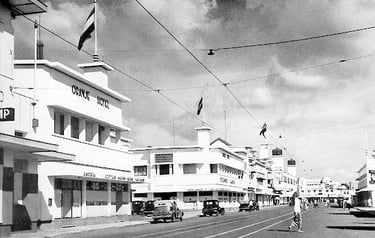
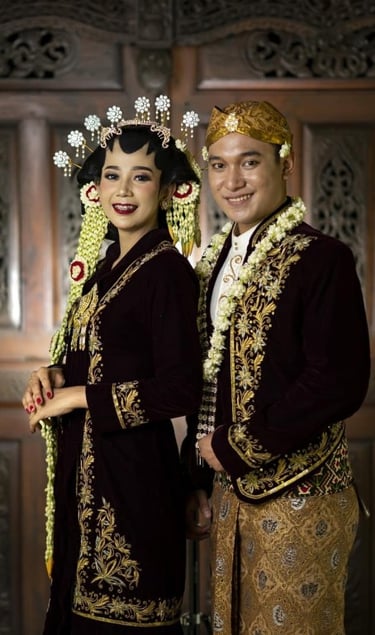

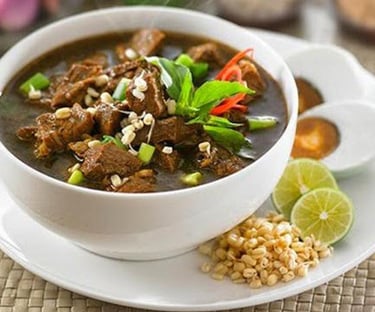





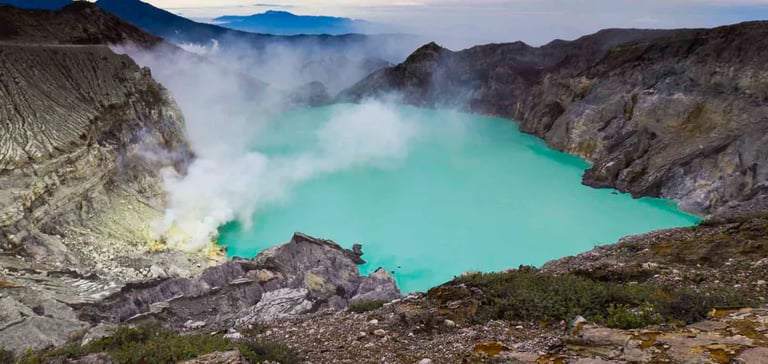


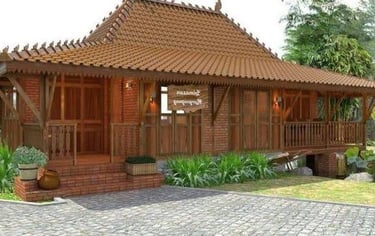
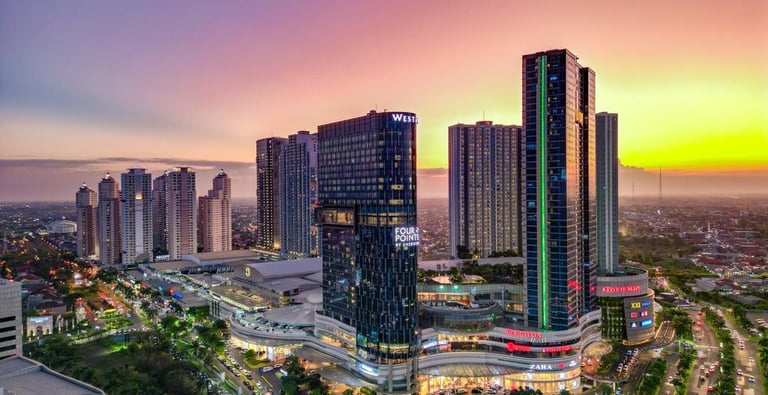

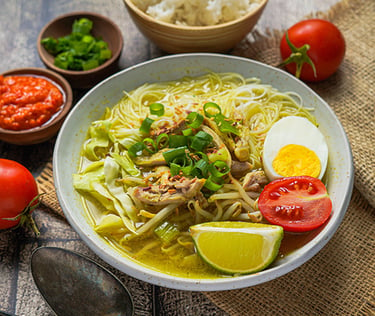

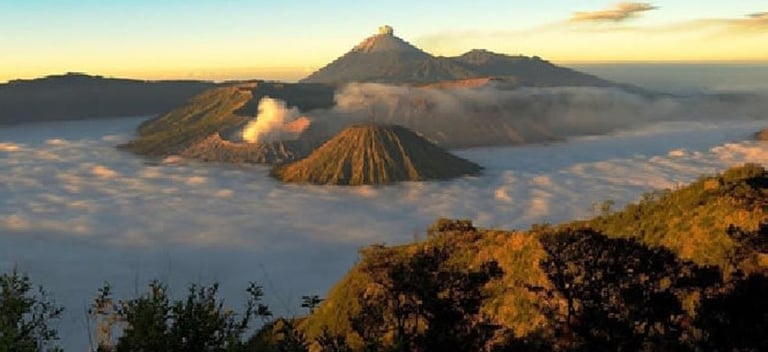

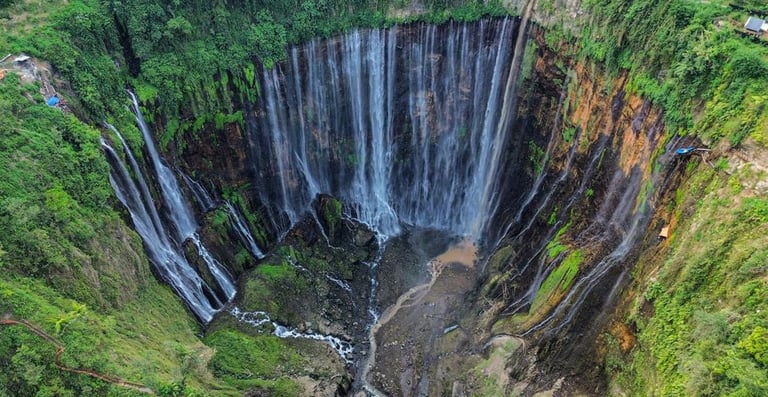

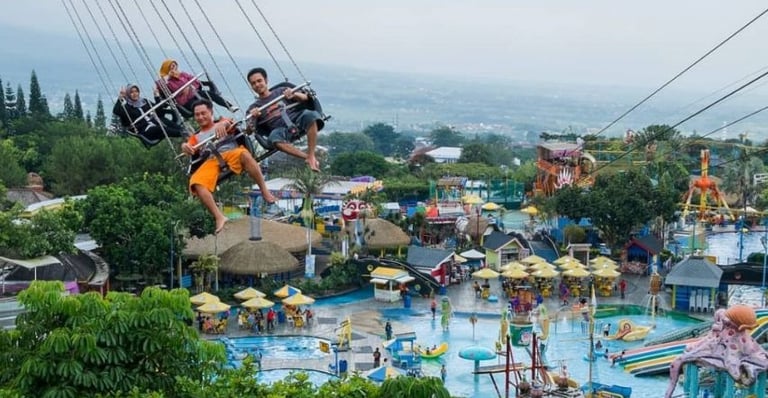

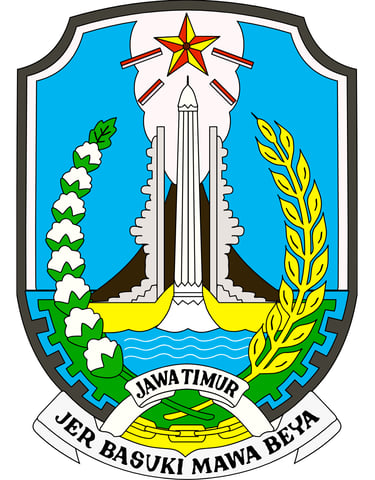


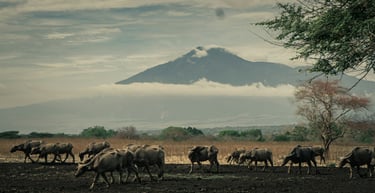
Follow us to explore Indonesia with expert travel guidance
©PT.Sinar Pesona Travelindo 2025. All rights reserved.
